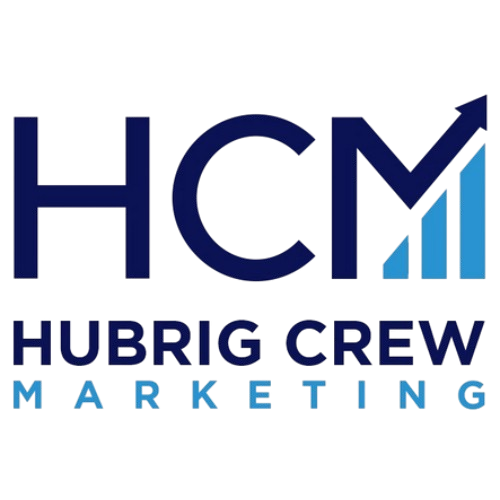Introduction to Online Advertising
In today’s digital age, online advertising has become a pivotal element of successful marketing strategies. As our world becomes increasingly connected, businesses are moving away from traditional advertising methods. Instead, they are capitalizing on the expansive reach and precision of online platforms to engage their target audiences.
This shift from traditional to online advertising is driven by the need for cost-efficiency and measurable impact. Unlike traditional mediums, online advertising offers businesses the ability to tailor campaigns to specific demographics, ensuring their messages reach the right people at the right time.
This article will guide you through mastering online advertising in today’s competitive digital marketplace. We’ll begin by exploring the cost-effectiveness of online advertising, highlighting how it can benefit businesses of all sizes. Next, we will delve into the power of demographic targeting and how it enhances advertising success. We’ll also discuss the flexibility and real-time tracking capabilities that online advertising offers.
Furthermore, we’ll highlight the importance of data-driven decisions and the diverse formats and platforms available. By the end, you’ll be equipped with strategies to succeed in digital advertising, helping you stay ahead in the ever-evolving landscape.
Cost-Effectiveness of Online Advertising
Online advertising stands out as a cost-effective solution when compared to traditional methods. While traditional advertising, such as TV and print media, accounted for 71% of the advertising share in India in 2021, its costs remain significantly higher. Prime time TV ads can cost between Rs. 1 lakh to Rs. 10 lakh for just a 30-second spot. In contrast, digital advertising rates typically range from $250 to $20,000, offering a wider reach at a fraction of the cost.
“Digital advertising rates are typically lower, allowing businesses to engage with their target audience more quickly and effectively.”
For small businesses, this cost-effectiveness is crucial. Online platforms allow them to target specific audiences, enhancing customer engagement without breaking the bank. This flexibility is particularly beneficial for boosting sales during off-seasons.
U.S. internet advertising revenues soared to $225 billion in 2023, a 7.3% increase from the previous year, highlighting the substantial ROI potential. This growth underscores the strategic advantage of incorporating online advertising into any marketing strategy, especially for businesses aiming to maximize their budget and impact.
Targeting the Right Audience
In the realm of online advertising, targeting the right audience is crucial for maximizing the effectiveness of marketing campaigns. Demographic targeting ensures that advertising efforts are directed at profitable segments, enhancing return on investment (ROI) by reaching individuals more likely to engage with or purchase from a brand.
Businesses can leverage various audience segmentation tools to fine-tune their targeting strategies. Platforms like Meltwater offer insights into consumer behaviors and interests, while Facebook provides filters based on education, gender, and job title. These tools allow for precise audience segmentation, helping advertisers tailor their messages for maximum impact.
| Targeting Option | Effectiveness |
|---|---|
| Demographic | High ROI through targeted messaging |
| Behavioral | Increased engagement based on actions |
| Geographic | Effective for location-specific promotions |
Successful campaigns demonstrate the power of demographic targeting. For instance, Procter & Gamble effectively reached niche audiences by developing smart audiences based on detailed consumer data. Similarly, Coca-Cola boosted engagement among teens through Snapchat by crafting content tailored to college students, showcasing the effectiveness of targeted approaches in reaching desired demographics.
Flexibility and Real-Time Tracking
One of the standout features of online advertising is the flexibility to modify ads in response to real-time performance data. This dynamic capability allows advertisers to optimize their campaigns swiftly, enhancing effectiveness and ROI.
- Real-time analytics tools are crucial for this adaptability. Tools like Google Cloud Dataflow and Amazon Kinesis offer seamless integration with existing infrastructures, enabling advertisers to gather instant insights and make data-driven decisions.
- Successful case studies demonstrate the power of data-driven adjustments. For example, Microsoft’s remarketing campaign on LinkedIn showcased how targeting users who previously interacted with their content led to significant conversion boosts. HubSpot also excelled by tailoring ads for decision-makers, resulting in increased lead generation.
“HubSpot’s targeted approach increased conversions by focusing on decision-makers with clear calls-to-action.”
By leveraging these tools and strategies, businesses can continuously refine their advertising efforts, ensuring they remain competitive and aligned with consumer preferences in a rapidly evolving digital marketplace.
Measurable Results and Data-Driven Decisions
In the realm of online advertising, tracking key metrics like click-through rates (CTR) and return on investment (ROI) is paramount. CTR measures the percentage of users who click on an ad, providing insights into its relevance. A low CTR can indicate the need for A/B testing to refine content and targeting strategies.
ROI assesses the profitability of campaigns, ensuring that advertising efforts yield positive returns. A systematic approach to monitoring these metrics is essential; without it, reallocating ad spend effectively becomes challenging.
“A well-tracked campaign allows marketers to make informed decisions and optimize ad spend.”
Numerous tools aid in measuring advertising effectiveness. Google Analytics offers comprehensive user behavior analysis, while PPC management tools provide insights into campaign performance through keyword research and competitor analysis.
While specific examples of businesses adjusting strategies based on data were not found in the provided sources, leveraging data-driven insights remains a cornerstone for enhancing campaign performance. Effective use of these tools and metrics empowers marketers to make strategic adjustments, maximizing their advertising impact in the digital marketplace.



